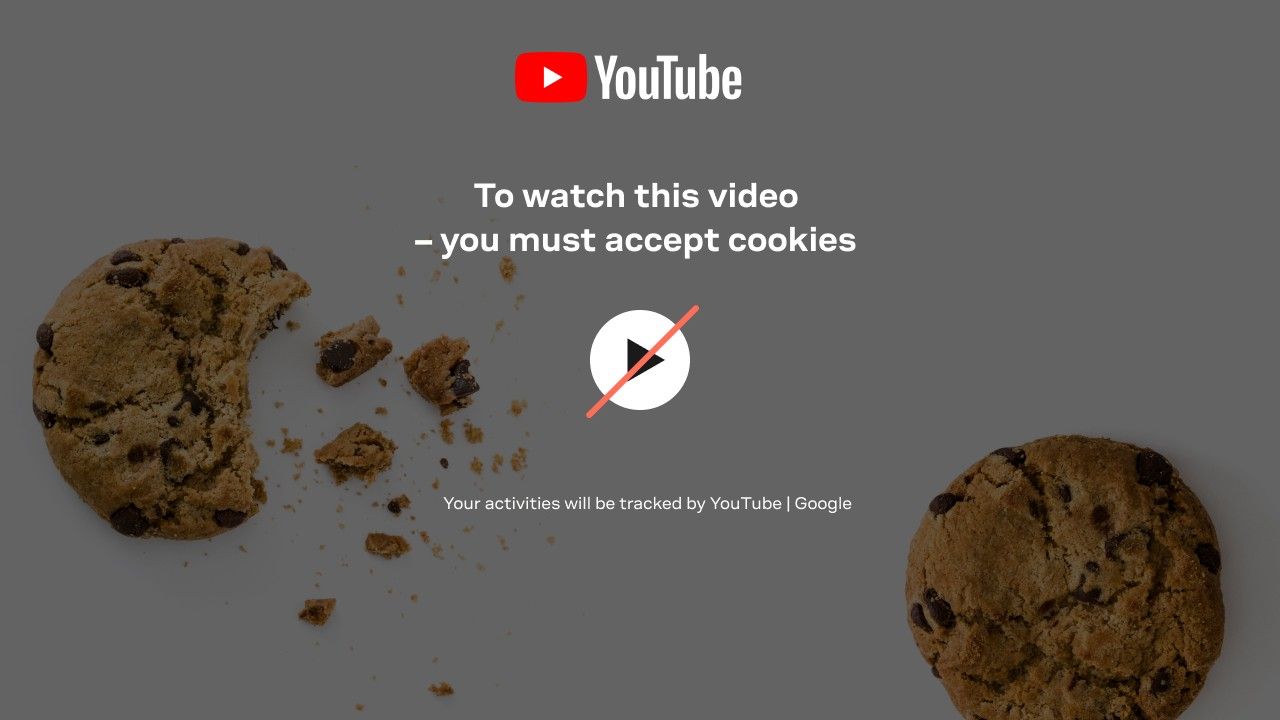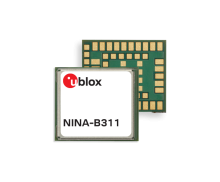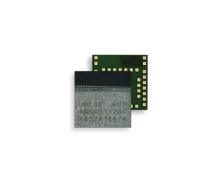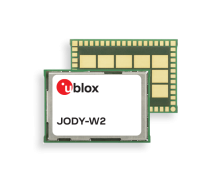Robust connectivity in a globally deployed ecosystem
Bluetooth wireless technology is currently available in two variants: Classic, also known as BR/EDR (basic rate/enhanced data rate), for audio and streaming applications, and Bluetooth low energy (LE) for intermittent transmission of data, typically in battery operated sensor devices.
Robustness
Bluetooth dynamically adapts its frequency hopping sequence – using adaptive frequency hopping (AFH) – to avoid channels potentially in use by other technologies. Automatic power control reduces the output power to levels required to keep connections and at the same time not interfere with other nearby 2.4 GHz radios (including other Bluetooth connections). Available for Bluetooth 5 long range and some Bluetooth Classic packet types, forward error correction (FEC) allows receivers to correct limited bit errors introduced in harsh environments. As a result, Bluetooth is particularly suitable for industrial, automotive, and medical applications, where the robustness it provides is crucial.
Unprecedented ecosystem
Bluetooth enabled device shipments reach more than five billion per year. Indeed, Bluetooth has become the standard for wireless connectivity between mobile devices, and is available in all smart phones and tablets. There are hundreds of applications for smartphones and custom hand held controllers that are used to manage or monitor other systems with embedded Bluetooth, as well as to share media, files, and information among users.
Bluetooth Classic vs Bluetooth LE
While the core name is the same, there are fundamental differences between Bluetooth Classic and Bluetooth LE. Bluetooth Classic is intended for audio connections and streaming applications. Bluetooth LE technology, on the other hand, is ideal for applications that periodically transfer small amounts of data where ultra-low power consumption is the focus. It uses a much faster connection mechanism than Bluetooth Classic, which means that the radio can be on for very short periods of time. This makes it particularly useful for sensors in Internet of Things (IoT) applications.
Dual-mode Bluetooth devices support both Bluetooth LE and Bluetooth Classic. This is, for instance, the case for smartphones, which can connect to a laptop via Bluetooth Classic and to a heart rate sensor via Bluetooth LE. The heart rate sensor, however, only uses Bluetooth LE, and is thus an example of a single mode Bluetooth LE device.
In Bluetooth LE, devices have peripheral and central roles. Once the connection is established, the devices form a master and slave topology similar to Bluetooth Classic. In the example above, the heart rate sensor acts as a peripheral/slave while the smartphone acts as central/master.
A profile is a specification describing a specific use case and is used to achieve interoperability between devices supporting the same profile. Two Bluetooth Classic enabled devices need to have the same profile implemented in order to connect. For instance, Personal Area Networking (PAN) allows two or more devices to form an ad hoc network, and the Serial Port Profile (SPP) replaces a serial communication interface.
In Bluetooth LE, the Generic Attribute (GATT) profiles define a hierarchical data structure used to exchange configuration data between Bluetooth LE devices. The GATT profiles describe use cases and the GATT services are characteristics (data, descriptions, possible actions, etc.) that define the capabilities of a Bluetooth LE device.
GATT defines clients ("devices that want data") and the servers ("devices that have data"). The client and server exchange information to establish a dialog and to define the payload transport requirements and their repetition rates or event triggers. It is possible for both functions to reside within the same product: our u blox Bluetooth LE modules have both GATT server and GATT client roles implemented to provide design flexibility. It is also possible to define custom services. For instance, we have defined the u blox Serial Port Service to allow for reliable serial data exchange between Bluetooth LE devices similar to the Bluetooth Classic SPP.
Bluetooth 5 and beyond
Bluetooth 5
Bluetooth 5 includes three major enhancements to Bluetooth LE: increased data rate (2x the speed), extended range (4x the distance), and enhanced advertising capability. Increased data rate and enhanced advertising capability simply require a software upgrade while extended range requires new hardware.
Bluetooth 5.1
The main addition in Bluetooth 5.1 is direction finding. Thanks to this feature, proximity and positioning systems can deliver sub-meter accuracies, enabling exciting new use cases such as indoor positioning, wayfinding, asset tracking, and point-of-interest information solutions.
From a technical perspective, these are implemented by determining the angle or direction of a sent or received signal using one of two defined methods, in which a positioning engine combines angular measurements from several so called anchor points to calculate a high precision position.
Direction finding enables higher accuracies for indoor positioning compared to the conventional approach that uses beacons and RSSI values.
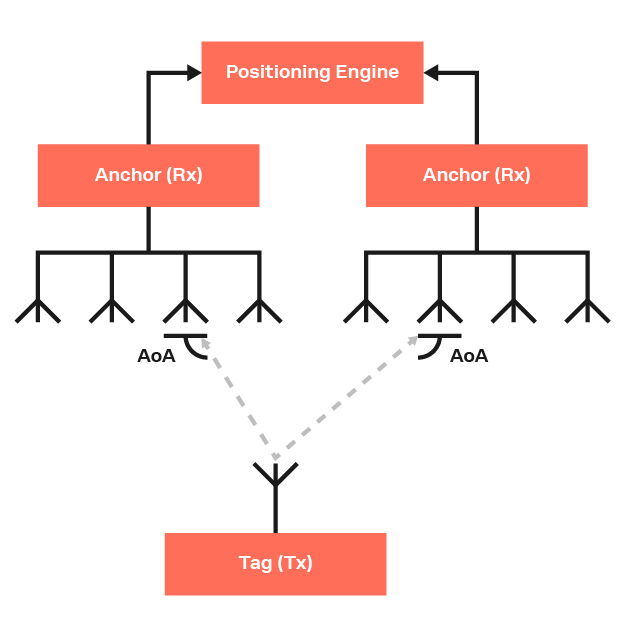
Watch u-blox demo of Bluetooth Angle-of-Arrival technology


